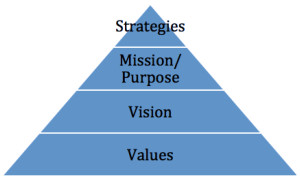A Family-Business New-Year’s Resolution
In the blink of an eye another year has passed, and resolutions for 2016 may be creeping into our thinking.
The closing of the year bestows a blessing; it encourages reflection–pressing us to review our individual accomplishments, our persistent challenges, what we are grateful for, what more we hope to accomplish, and who we would like to become as a person. Equally it affords an opportunity to reflect on the future of our family business and its significance to our families and ourselves.
Here are some practices inherent to successful multigenerational family businesses that you might resolve to begin in 2016:
- Devote time to better communication within the family
- Commit to professionalizing your business – working on it rather than just in it
- Establish a family council
- Develop a family hiring and employment policy
- Begin the discussion of succession
- Hire outside expertise
- Create a strategic plan
Wishing You a Happy and Prosperous New Year!

